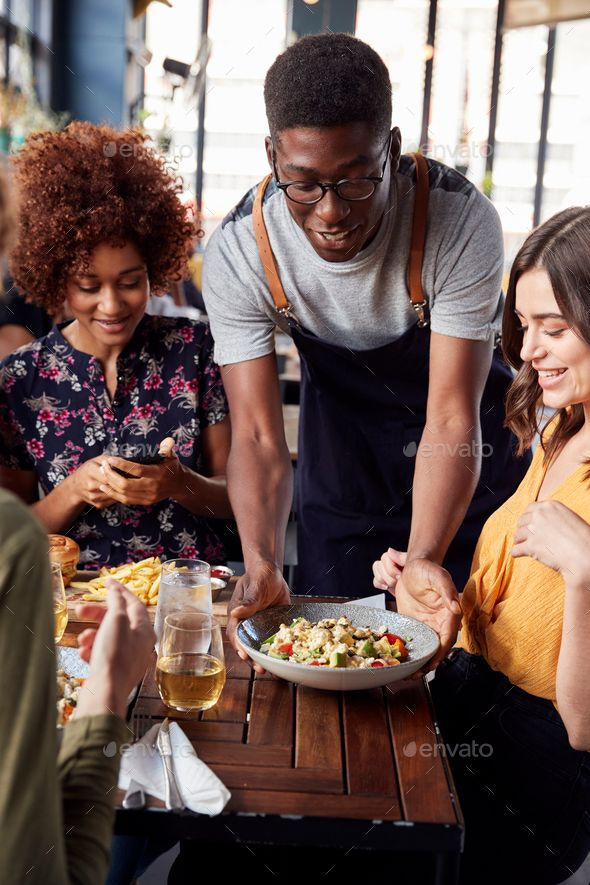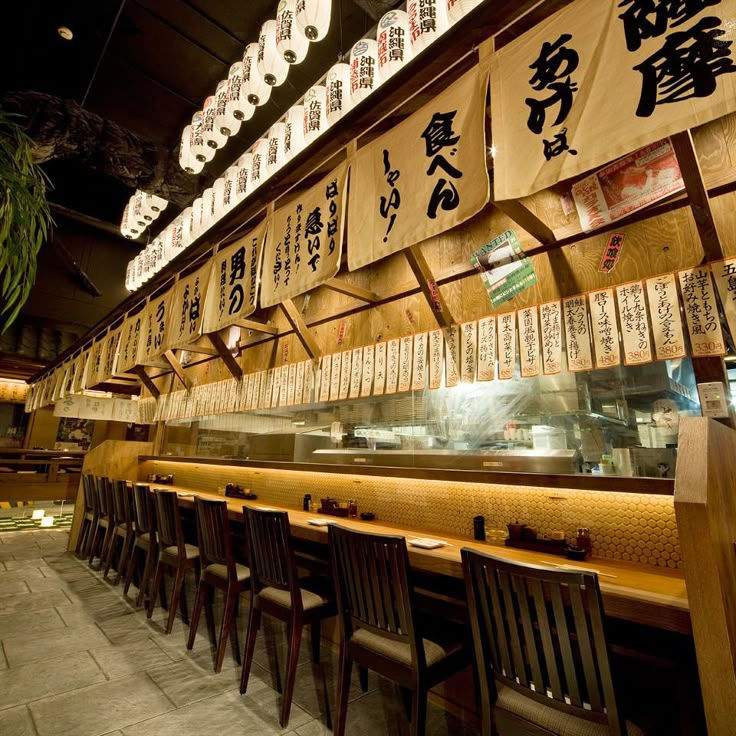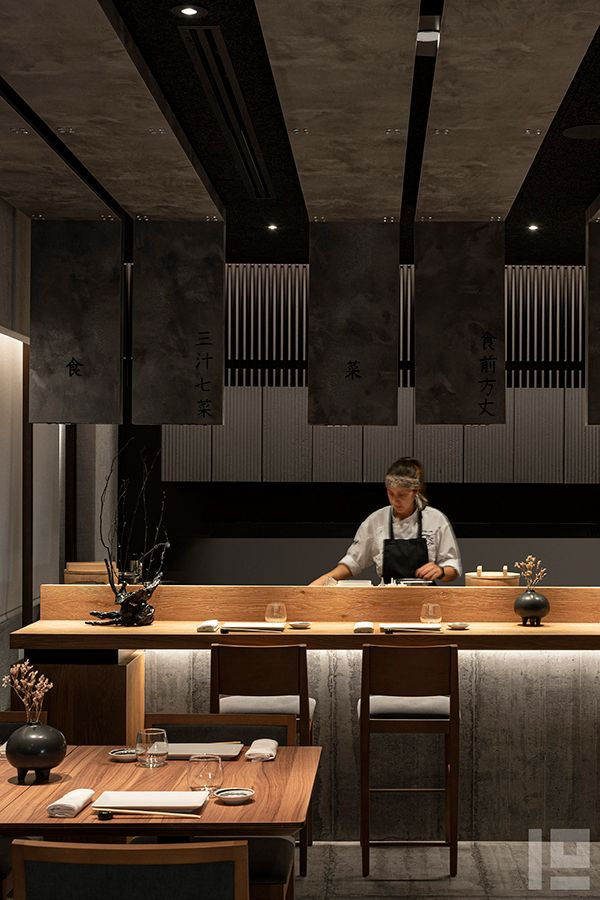”How to decide on a service style”
- kforest0911
- 4月26日
- 読了時間: 4分
更新日:5月5日
~Is it "hospitality" or "lightness"? A shape that fits your store~
When opening a Japanese restaurant in the United States, the first thing to get lost is
**The question is whether to make it a full-service restaurant or self-service**.
This is not just an operation difference.
It is a super important choice that is directly related to brand image, revenue model, and customer base.
🛎️ Characteristics of table service (full service type)
✅ Merits
You can create a sense of luxury and specialness
It is easy to set a high unit price (chip culture is also a plus)
It is easy to add value with course meals and pairing suggestions
❌ Disadvantage
High labor costs (server, hall manager required)
Education is always necessary to maintain service quality
There is also the risk of a lower turnover rate
🍔 Features of self-service (fast casual type)
✅ Merits
Labor costs can be reduced overwhelmingly
High-speed and high-efficiency operations are possible
Easy to include casual and family groups
❌ Disadvantage
Branding is difficult (it tends to give a simple impression of "fast and cheap")
It is necessary to increase the unit price of customers
It is difficult to fully express the "Japanese hospitality culture"
🏯 In the case of Japanese food, how to choose?
For traditional Japanese cuisine, sushi, and kappo ➔ Full service recommended
→It can be established as a "shop to go on special occasions" and "a shop used for dating and entertainment"
If you focus on ramen, rice bowls, and takeout ➔ Self-service is recommended
→ Office workers at lunchtime can target young families
💡 There is also a choice of hybrid type!
For example--
Self-service lunch + full-service dinner
Although it is basically self-service, it introduces a simple table service only at dinner time
Ordering is counter-based, and serving is handled by staff.
Such a flexible style is also quite popular in the United States.
📊 3 questions to consider when making a decision
What is your target customer base?
(Young? Wealthy? With a family?)
What is the appeal of Japanese food that you want to convey?
(High sense of luxury? Easy? Authentic feeling?)
What is the initial investment and monthly labor costs?
(If you provide full service, the fixed cost will increase)
✨ Finally, think about "experience" rather than "type"
When choosing a service style, instead of simply thinking about "high-class or casual",
**Let's focus on "What kind of experience do you want customers to have"**.
Whether it's high-end or casual,
The most important thing is to design an experience that makes you want to come again.
サービススタイルの決め方
〜「おもてなし」か「気軽さ」か?あなたの店に合う形を〜
アメリカで日本食レストランを開くとき、最初に迷うのが、**「フルサービスレストランにするか、セルフサービスにするか」**という問題です。
これは単なるオペレーションの違いではありません。ブランドイメージ・収益モデル・客層すべてに直結する超重要な選択です。
🛎️ テーブルサービス(フルサービス型)の特徴
✅ メリット
高級感・特別感を演出できる
客単価を高く設定しやすい(チップ文化もプラス)
コース料理やペアリング提案などで付加価値をつけやすい
❌ デメリット
人件費が高い(サーバー、ホールマネージャーが必要)
サービスクオリティ維持に常に教育が必要
回転率が低くなるリスクも
🍔 セルフサービス(ファストカジュアル型)の特徴
✅ メリット
人件費が圧倒的に抑えられる
高回転・高効率のオペレーションが可能
カジュアル層やファミリー層を取り込みやすい
❌ デメリット
ブランディングが難しい(単なる“早い・安い”印象になりがち)
客単価を上げる工夫が必要
“日本のおもてなし文化”をフルに表現しづらい
🏯 日本食の場合、どう選ぶ?
伝統的な和食、寿司、割烹なら ➔ フルサービス推奨→「特別な日に行く店」「デートや接待に使う店」として定着できる
ラーメン、丼もの、テイクアウト中心なら ➔ セルフサービス推奨→ ランチタイムのオフィスワーカー、若いファミリー層をターゲットにできる
💡 ハイブリッド型という選択もある!
たとえば――
ランチはセルフサービス+ディナーはフルサービス
基本セルフだけど、ディナータイムのみ簡単なテーブルサービス導入
注文はカウンター方式、配膳はスタッフ対応
こんな柔軟なスタイルも、アメリカではかなり浸透しています。
📊 決めるときに考えるべき3つの質問
あなたのターゲット客層は? (若い?富裕層?家族連れ?)
あなたが伝えたい日本食の魅力は? (高級感?手軽さ?本場感?)
初期投資と毎月の人件費は? (フルサービスにすると固定費は大きくなる)
✨ 最後に:「型」より「体験」で考える
サービススタイルを選ぶとき、単純に「高級かカジュアルか」で考えるのではなく、**「お客様にどんな体験をしてもらいたいか」**を軸にしましょう。
高級でもカジュアルでも、“また来たい”と思ってもらえる体験設計が一番大切です。




コメント